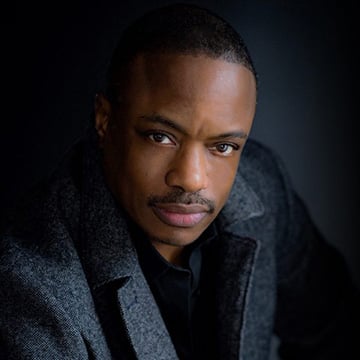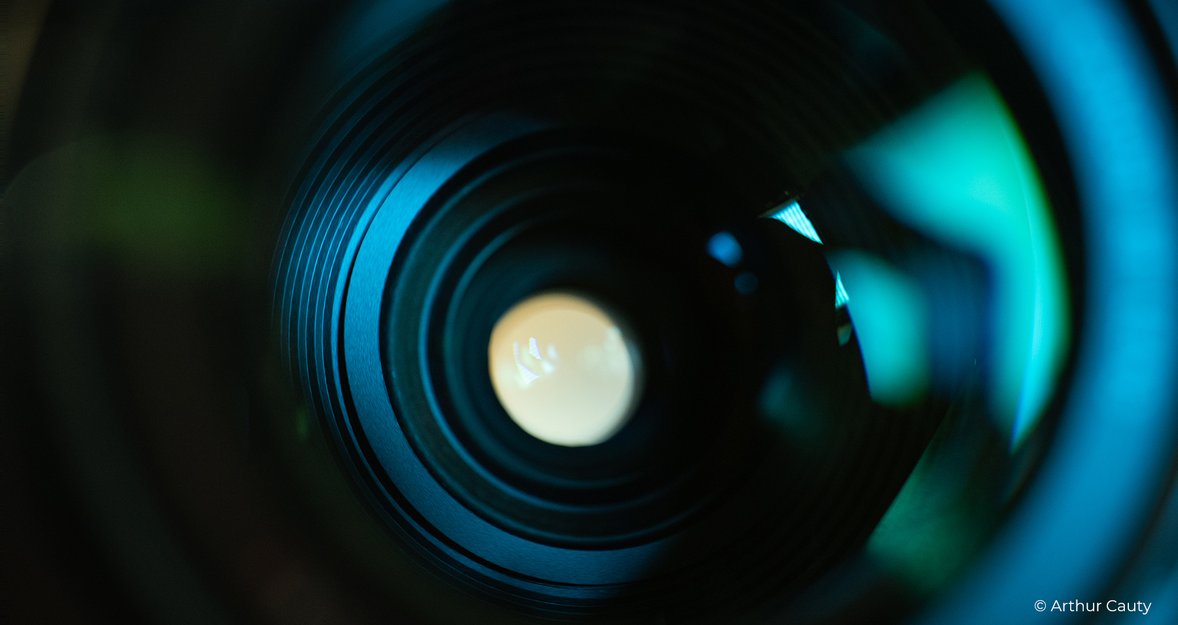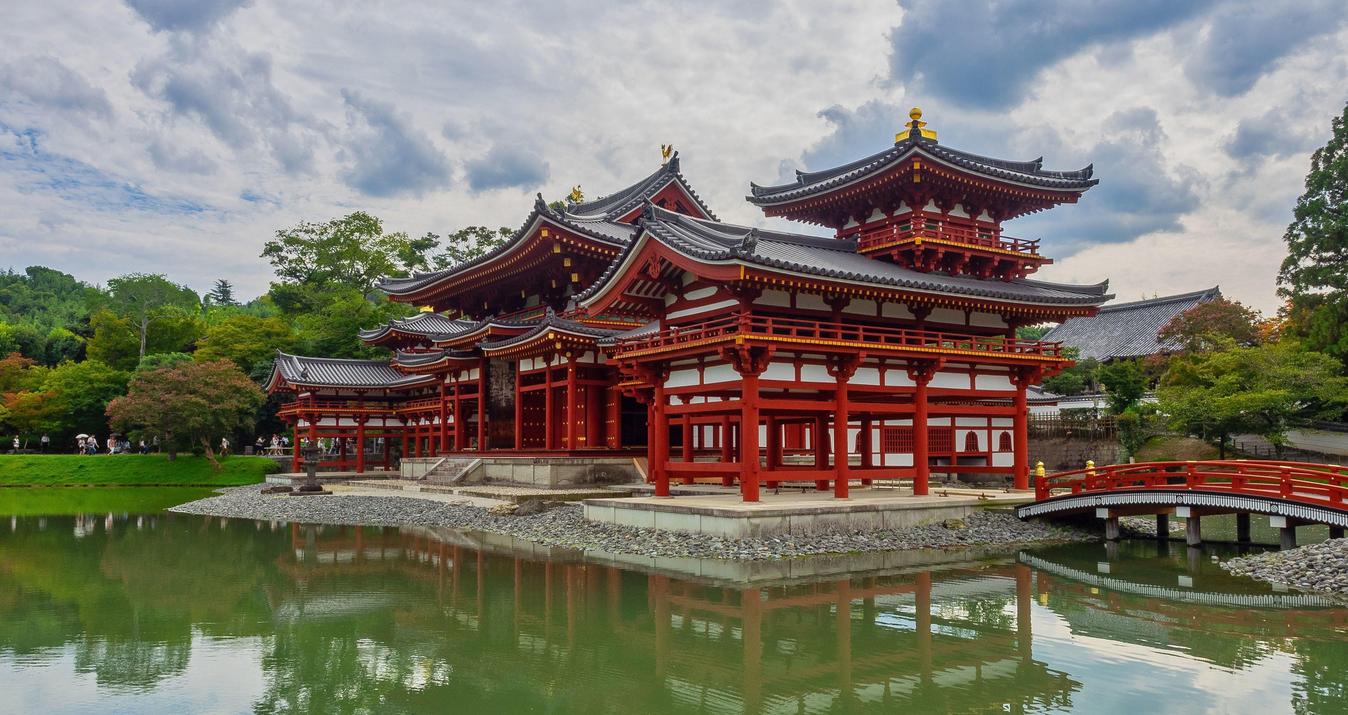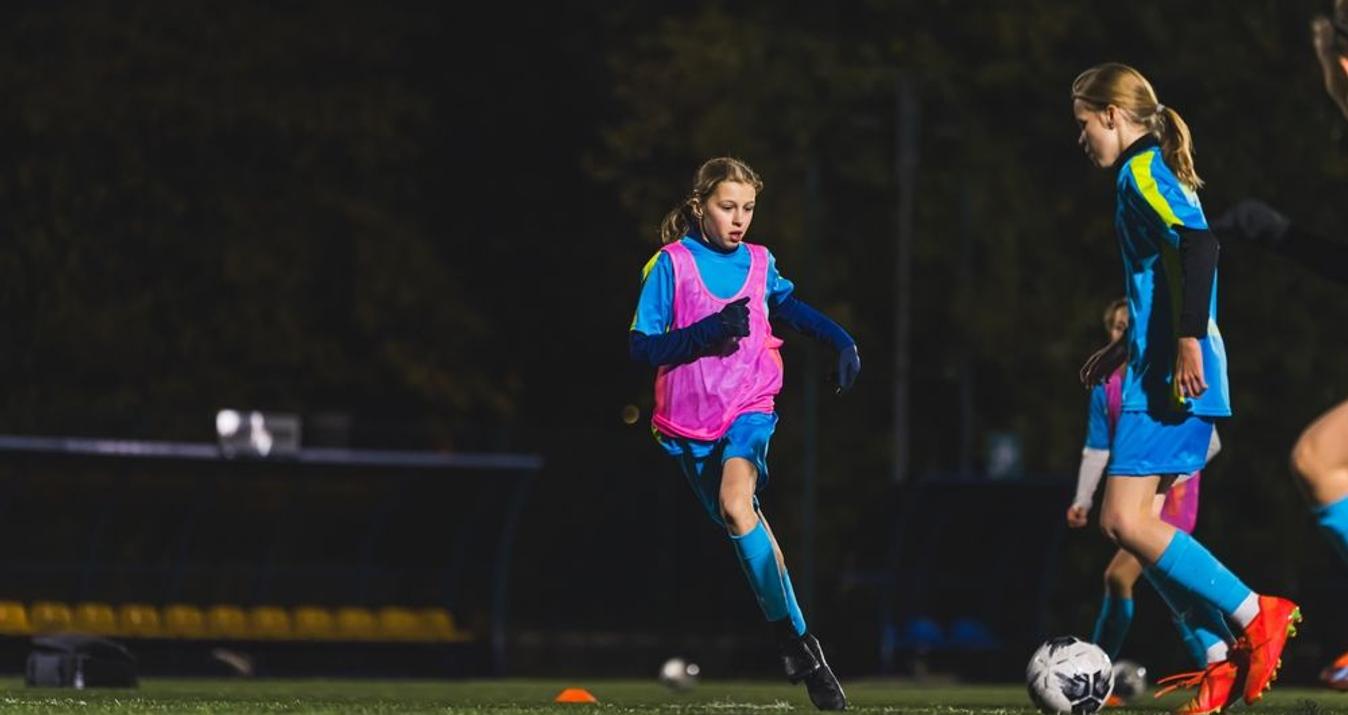A prominent podcaster, Frederick Van Johnson speaks to visual storytellers every day. Recently, he’s been hosting AI Insiders, our exclusive webinar series for Luminar AI early subscribers. Today, he reflects on the intersection of AI and the needs of his audience.
When some hear artificial intelligence (AI) they think ... "Something wicked this way comes".
When I hear AI, I think ... "We have nothing to fear except fear itself", said by Franklin Delano Roosevelt, the 32nd president of the United States of America, at his inauguration.
The coming wave of AI-enabled creative capability will allow us to get stories out of our brains, and in front of other people — with very little resistance.
In the past, if an image had a mundane sky, changing that sky took an extremely high-level of skill. Today, with LuminarAI or Luminar 4, changing the sky becomes trivial. It's easier than ever before to create a stunning photograph and execute what's in your mind's eye.
This power reveals art that may have never been seen.
If a photographer has an idea for a shot, but lacks the technical acumen to execute that shot, it becomes frustrating, and the photographer may give up altogether. However, if that photographer can get an assist via artificial intelligence, then getting from point A to point B becomes much more manageable.
Understand the process
I often hear: “Why should I spend time allowing my computer to do work that you already know how to do?”
You intrinsically understand f-stops, shutter speeds, iSO. You understand Photoshop layers, channels, frequency separations, retouching, and so on. So, you’re a professional photographer, right?
I would argue that's not the case. The word "photographer" means "recorder of light." So, ostensibly, anybody who snaps a photo with an iPhone or a point-and-shoot camera is by definition, a " photographer. "
The measure of a professional photographer is not how many obscure and mundane tasks you’ve mastered. Nor is it how many layers your Photoshop image has or how many channels you added.
The process of producing great images is broken into two phases.
First there is “capture” which requires a mastery of f-stops, shutter speeds and ISO and a keen understanding of composition, lighting and other technical considerations. And, depending on the genre you shoot it may require an understanding of psychology to successfully interact and collaborate with your subject.
Then, there is what happens AFTER the point after capture, when you're sitting in front of the computer editing and trying to extract the image that you had in your mind's-eye when framed the scene in your viewfinder.
Sure, making that exposure is half the battle. The other half is post-processing. Where your joy lies in the art of photography depends largely on where you prefer to spend your time: behind the camera (capture) or behind your computer (post-processing).
Whether you love or hate post-processing, that is where artificial intelligence really shines.

Embrace the new
AI doesn't take the steering wheel and put you in the back seat. It is more like an automatic transmission where YOU determine the destination, but technology allows the journey to be easier and more comfortable.
Artificial intelligence or computational photography tend to “lower the bar” and make almost everyone a reasonably competent photographer. This can be scary for professional photographers who have spent years honing their craft — only to one day see some of the techniques they've spent years mastering boiled down to a simple slider in software.
That is the nature of technology; everything complex gets easier. Technology, when done right, simplifies our lives by making mundane tasks easier and faster to accomplish.
I embrace technology and the AI assistance now available to us. I've been shooting since 1989 so I remember the resistance to digital cameras. I remember people saying digital cameras will never rival film and the nonsense of: “Real photographers, shoot, process and print their own film”. To such gatekeepers, to be “legitimate” one must control the entire journey of the image from capture to presentation
Nonsense.
Sure, back in the day, you had to learn all the technical bits necessary to create a decent image on the printed page. Today, we can abstract a lot of that complexity away, and focus on what's important: creating amazing dynamic, beautiful images.
That's what LuminarAI allows us to do.
Don't be afraid of artificial intelligence. Don't disparage new and exciting technologies that allow you to do cool new things. Don't be afraid the masses will rush in and take all your work away because now everyone knows how to create amazing images.
Instead, consider the notion that "a rising tide lifts all ships”. Think of artificial intelligence as a bigger weapon in your creative arsenal.
Embrace the power
Remember what Uncle Ben said to Peter Parker: “With great power, comes great responsibility." This adage is important to remember as we embrace AI or any new technology.
Just because you can replace the sky doesn't mean you necessarily should in every shot. Just because you can add a hot air balloon over the Golden Gate bridge doesn't necessarily mean you should.
With AI, photographers should absolutely exercise a high level of restraint, ultimately in service to their unique creative vision.
You can see where things are going. You can look at your phone and see that processors are getting faster, sensors are getting better, software is getting smarter.
Bandwidth with 5G and related technologies is getting better.
Elon Musk and the Starlink project are bringing fast internet to almost every point on the planet, bringing always-on ubiquitous internet to the masses. Inevitably, this means the use of computational photography ... whether local on a device, in the cloud, or some hybrid of both, will grow right along with it.
If you stand by and play the curmudgeon, you are sure to get left behind, much like people that are still shooting film.
If nine out of 10 people are using AI to get their work done and you arbitrarily limit yourself, out of a misplaced sense of creative purity or professional pride, the only person you hurt is yourself.
You will certainly have work that much harder than they do and, quite possibly, to produce inferior results.

Embrace the future
As photographers, we tend to obsess over tools and techniques. We live in an echo chamber of voices and opinions telling us what’s acceptable and what is not. It’s all too easy to get swept up into the conversation around raw vs JPEG, or Canon vs Nikon, etc. Now, the latest thing to rail about is artificial intelligence.
I suggest looking at things a little differently. What if we stopped talking about tools and instead focused on storytelling and the tools that let us tell OUR particular story the best. Unless the audience for your work is other photographers, you shouldn’t be spending an inordinate amount of time obsessing over anything but the work.
AI is here to stay and will only get better over time. Will you?
A Special Perk for Our Blog Readers
Get a 10% discount on Luminar Neo and dive into professional photo editing today!
Thank you for subscribing.
Your gift is waiting in your inbox!











